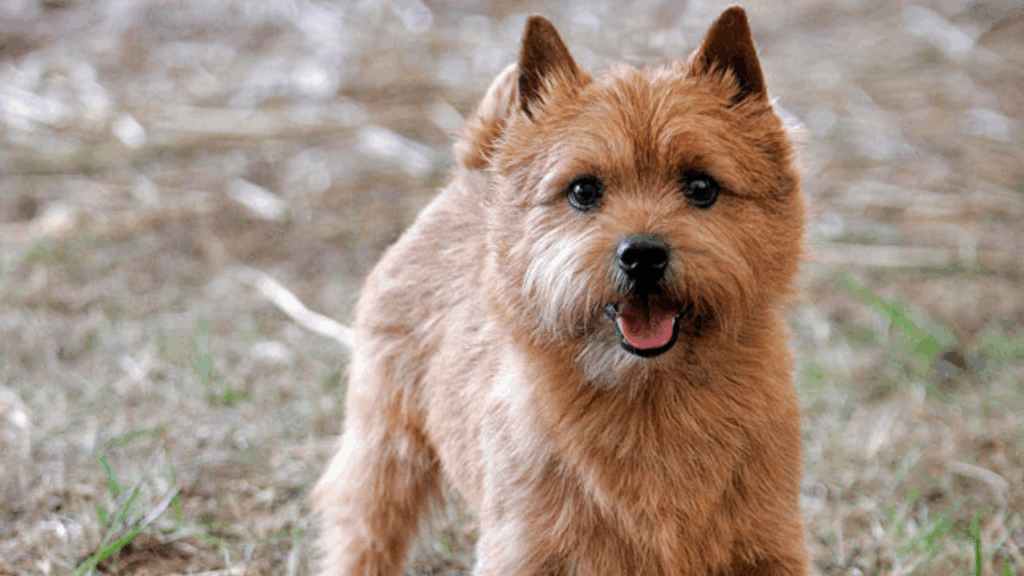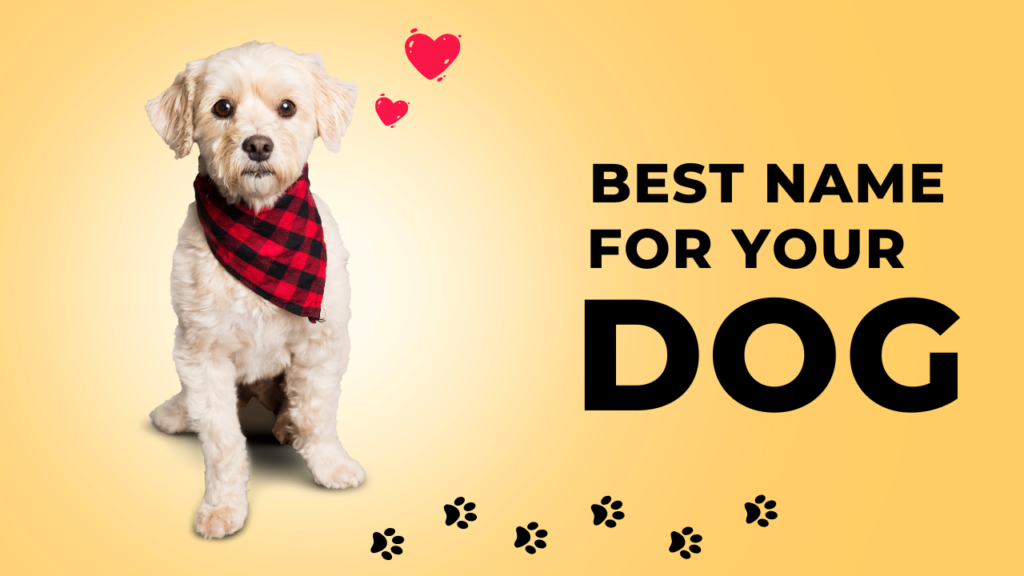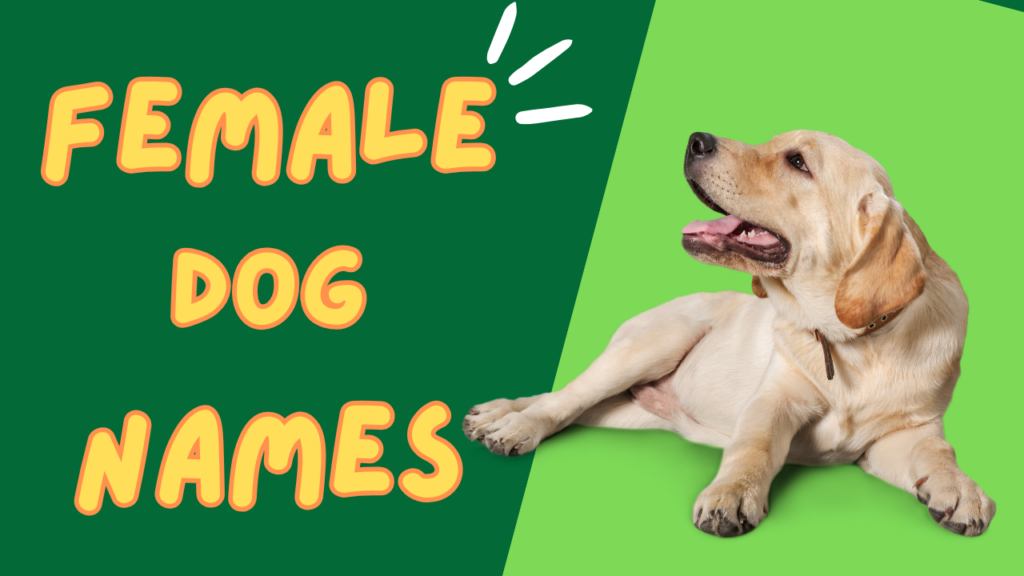The Norwich Terrier, one of the smallest working terriers, is a dog with a bold heart packed into a compact body. With its pricked ears, lively expression, and spirited personality, this breed has earned admiration worldwide as a loyal companion and energetic hunter.
Don’t be fooled by its size—the Norwich Terrier is fearless, intelligent, and always ready for an adventure. Known for its affectionate nature and zest for life, this little dog can easily adapt to both rural and urban settings, making it an excellent choice for many types of households.
Origins and History
The Norwich Terrier traces its roots to East Anglia in England, where it was originally bred in the 19th century. It was developed as a working dog to help farmers control vermin populations such as rats and mice.
Along with the closely related Norfolk Terrier (which has dropped ears), the Norwich Terrier was especially popular among students at Cambridge University, where it was affectionately known as the “Trumpington Terrier.”
In 1964, the Norwich and Norfolk Terriers were recognized as separate breeds based on their ear types—Norwich with erect ears and Norfolk with dropped ones.
The distinction helped breeders focus on enhancing each type’s unique characteristics while preserving the spirited, robust nature of both.
Though small in stature, the Norwich Terrier was valued not just for its ratting ability, but also for its courage and tenacity. Today, the breed continues to be celebrated not only for its working background but also as a wonderful companion animal.
Physical Characteristics
The Norwich Terrier may be small, but it is sturdy, compact, and well-balanced. It carries itself with confidence, moving with purpose and agility.
- Size: This breed typically stands about 10 inches (25 cm) tall at the shoulder and weighs between 11 and 12 pounds (5 to 5.5 kg). It’s small but solid, built for both speed and endurance.
- Coat: The Norwich Terrier has a harsh, wiry, weather-resistant double coat. The outer coat is straight and rough, while the undercoat is softer and denser. This coat requires regular grooming to maintain its texture and appearance. Common coat colors include red, wheaten, black and tan, or grizzle.
- Ears: One of the defining features of the Norwich Terrier is its pricked ears, which give it an alert and intelligent expression. These upright ears differentiate it from the Norfolk Terrier.
- Face and Tail: The Norwich has expressive, dark eyes and a fox-like face with a keen and mischievous look. The tail is usually set high and carried erect but not curled over the back.
Temperament and Personality
One of the most appealing traits of the Norwich Terrier is its balanced temperament. Unlike some terriers that may be overly feisty or aloof, the Norwich strikes a perfect middle ground—confident yet friendly, energetic yet manageable.
- Affectionate and Loyal: The Norwich Terrier forms strong bonds with its human family. It’s loving, loyal, and often seeks companionship, making it a great pet for families or individuals who can provide ample attention.
- Energetic and Alert: This breed is full of energy and thrives on activity. Whether it’s chasing a ball, going on a long walk, or engaging in a game of tug-of-war, the Norwich Terrier loves to be on the move. Despite its working heritage, it also enjoys lounging with its owners once the play is over.
- Intelligent and Curious: The Norwich is smart and eager to learn, making it relatively easy to train. However, it can also be independent-minded, so consistent, positive reinforcement is the best approach. Its curiosity means it loves to explore, which can be both charming and challenging.
- Social and Friendly: Norwich Terriers are typically friendly with people and other pets when socialized early. They are known to get along well with children, especially those who respect the dog’s space and energy levels.
Exercise and Training
Norwich Terriers are active and need daily exercise to stay healthy and happy. A couple of brisk walks, interactive play sessions, or short agility runs will usually satisfy their physical needs.
Training should begin early to shape good behavior. While Norwich Terriers are eager learners, they do best with short, engaging training sessions. Early socialization is also important to help prevent timidness or overprotectiveness.
They may have a strong prey drive due to their history as ratters, so care should be taken when introducing them to small animals, and they should be kept on a leash or in a secure area when outdoors.
Grooming and Care
The Norwich Terrier’s wiry coat is relatively low-shedding but does need regular grooming. Weekly brushing helps keep the coat free of mats and tangles, and hand-stripping two or three times a year maintains the coat’s natural texture. Regular trimming of the nails, cleaning of the ears, and brushing of the teeth are also essential parts of the breed’s care routine.
Health and Lifespan
The Norwich Terrier is generally a healthy breed with a lifespan of around 12 to 15 years. However, like all breeds, they can be prone to certain health issues, including:
- Hip dysplasia
- Patellar luxation (dislocated kneecap)
- Upper airway syndrome (a breathing disorder seen in some Norwich Terriers due to a small trachea)
Regular vet checkups and a healthy diet help maintain their well-being. Reputable breeders test for common hereditary conditions and prioritize the health and longevity of the breed.
Conclusion
The Norwich Terrier is a delightful blend of energy, loyalty, and charm. It offers all the character and drive of a terrier in a small, manageable package. With its affectionate temperament, playful spirit, and compact size, the Norwich Terrier makes a wonderful companion for active individuals, couples, or families. Whether you’re in a city apartment or a country home, this confident little dog is sure to brighten your life with its unwavering devotion and lively personality.



